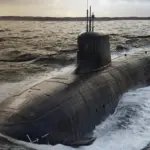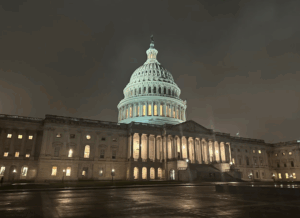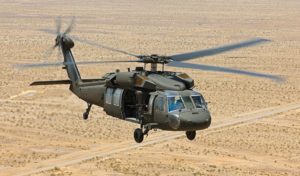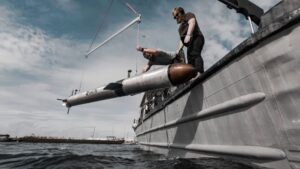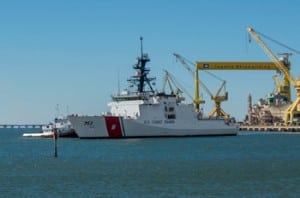
To help it meet President Trump’s directive for the U.S. government to achieve operational control of the southern border, the acting Coast Guard Commandant said he changed plans for one of the service’s National Security Cutters (NSCs) to support operations in the Indo-Pacific in favor of border security duties. The change in plans was done in consultation with U.S. Indo-Pacific Commander Navy Adm. Samuel Paparo, Adm. Kevin Lunday told a House panel on Wednesday. Lunday described the deployment as temporary…

 By
By 